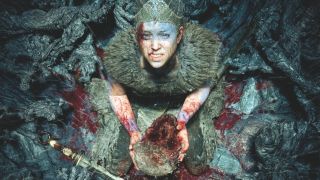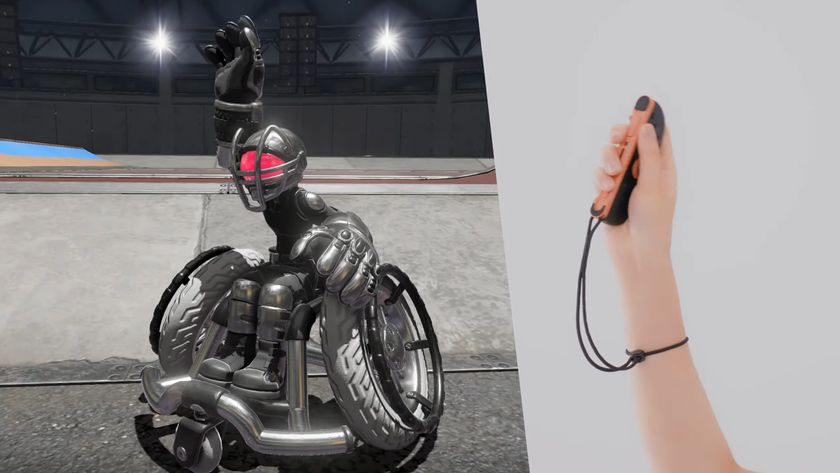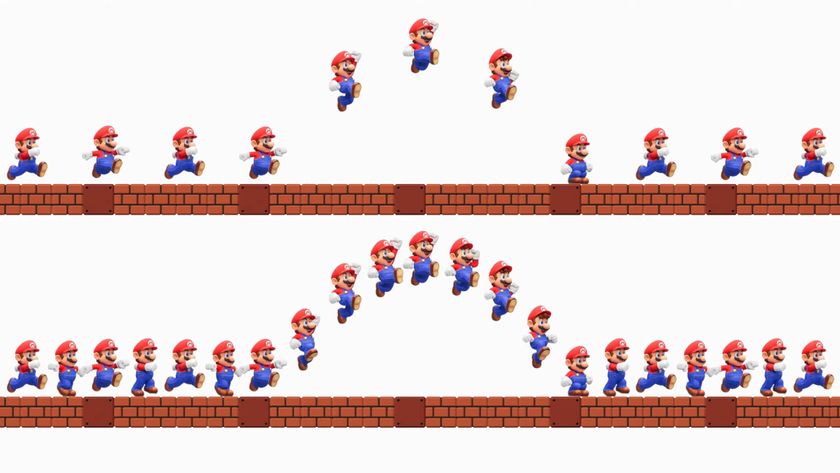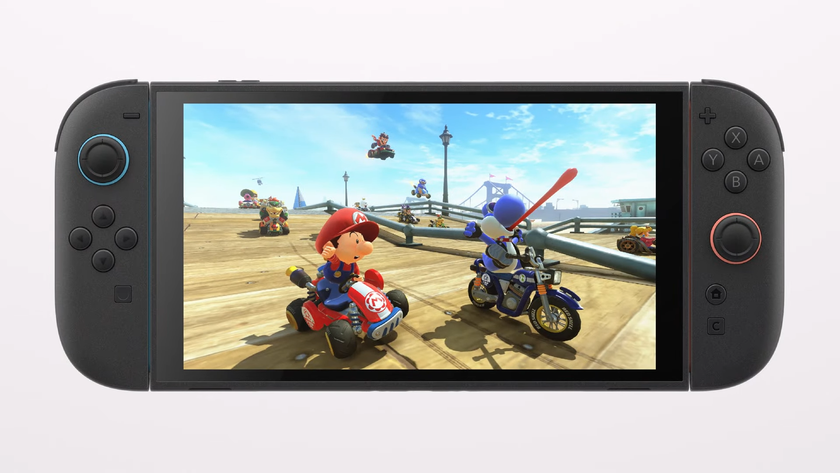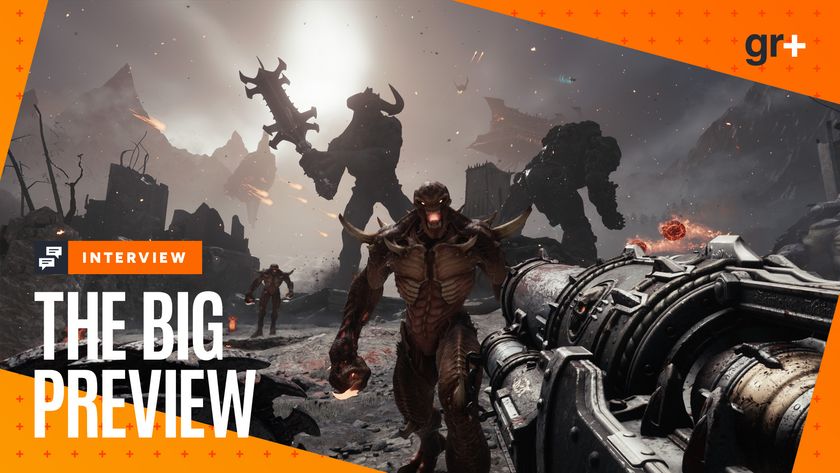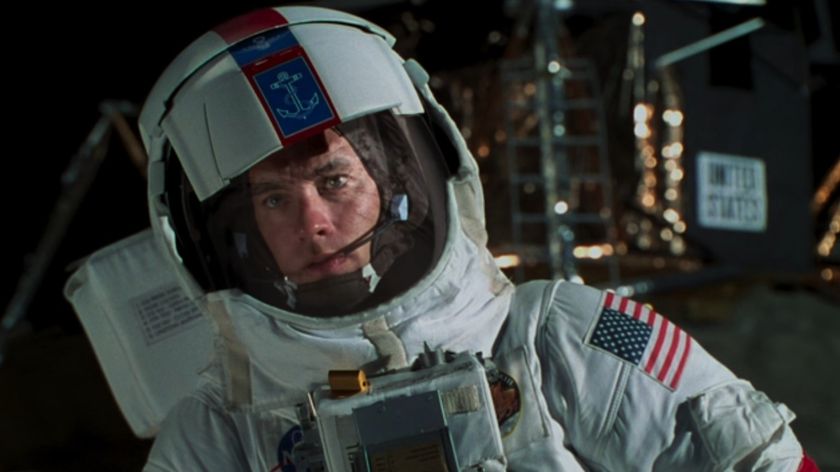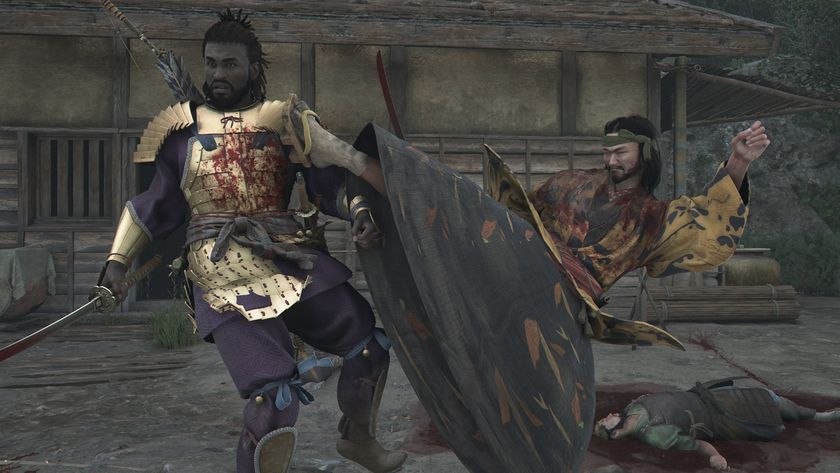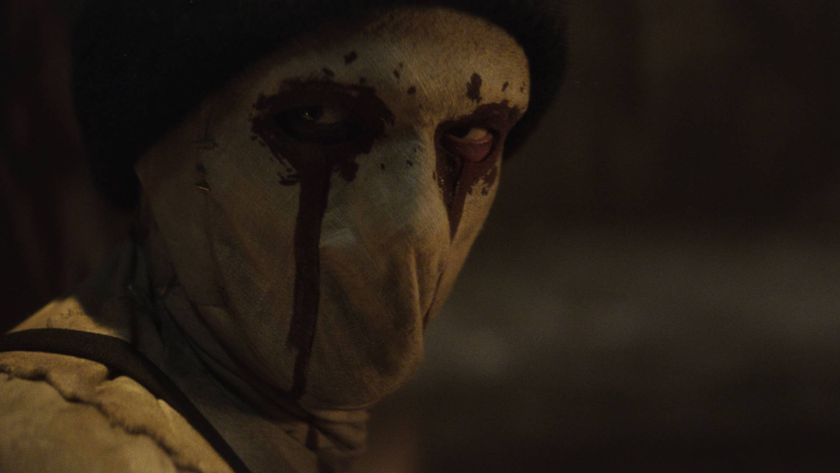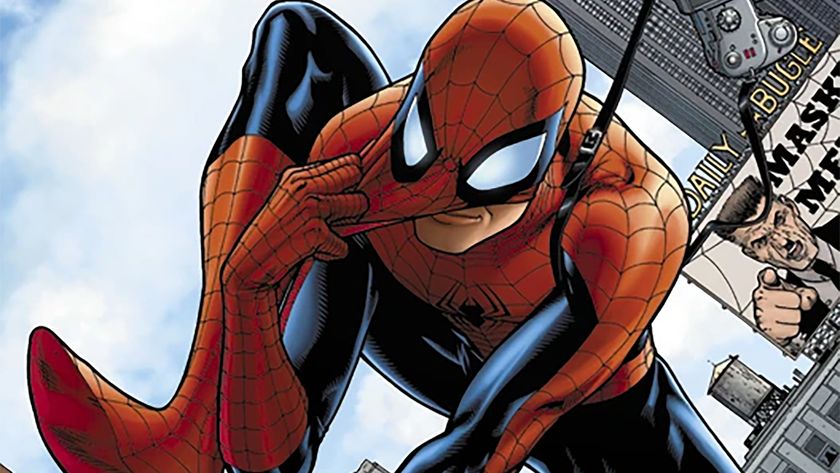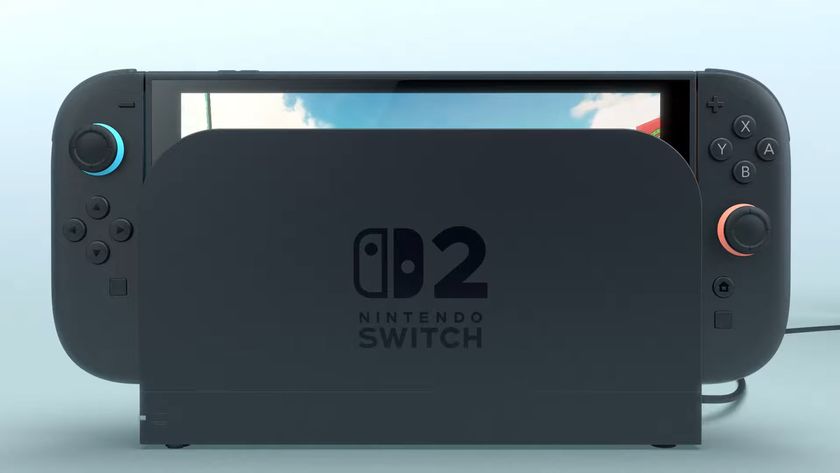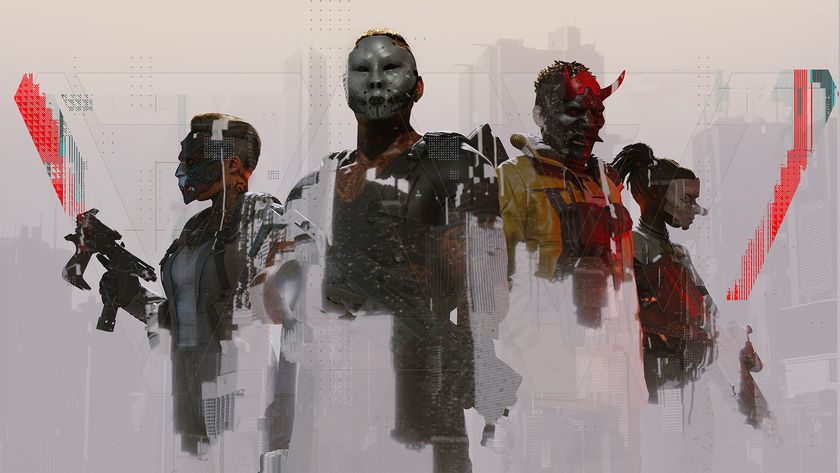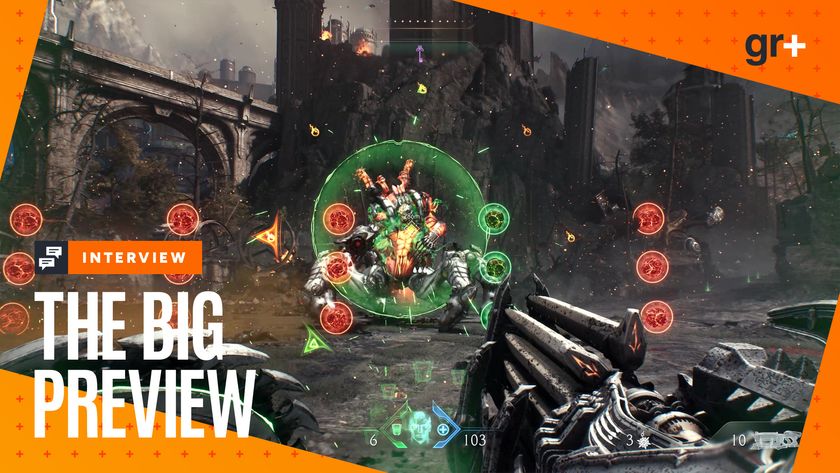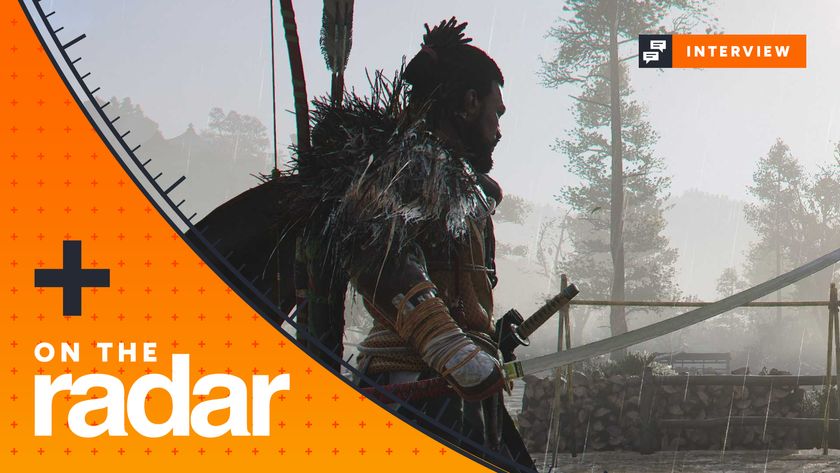"It’s ingrained in humanity to be scared" – How games are challenging the taboos of disability and mental health
From intimate indie stories, to AAA blockbusters, disability is a fact of life that games are now addressing from all kinds of angles
Hellblade is, in some ways, a dismantling and recuperation of pop-culture clichés about madness and delusion that are present in Ninja Theory’s previous games. Its cinematic language is comparable to that of the studio’s Devil May Cry reboot, made up of vivid apparitions and jarring environmental transformations, but where DmC’s direction can be traced to films such as Inception or They Live, Hellblade is based on discussions with neuroscientists at the University Of Cambridge and students at Recovery College East, an institution that provides long-term support for people with mental and physical disabilities. This has equipped Ninja Theory with a new understanding of such well-worn devices as the flashback.
“One of the women we spoke to described what flashbacks were like for her, and they’re not like you see in the movies, where you get a lot of quick cuts. It feels like the flashback is emerging around you, and it’s fuzzy and unclear, and it can become clearer over time or less clear, but you get caught up in the flashback and you become part of it.”
Cutting through to clarity
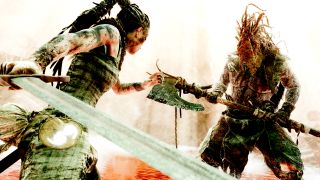
In turning a Celtic fantasy into an allegorical study of a serious mental illness, Antoniades and his team were obliged to confront many of their own prejudices and preconceptions. “I think that, like a lot of people, I didn’t really understand what psychosis was,” he concedes. “I knew it had to do with shaping reality, misinterpreting reality, but I wasn’t sure about the connotations with violence, because ‘psychopathy’ is a very similar-sounding word, and once I understood that there’s a very clear difference I was struck by how often the words are used interchangeably – in professional publications, in media, they’re liberally conflated.”
To clarify, psychopathy is a more severe form of antisocial behavioural disorder that can lead to recklessness, violence or criminal activity. The game avoids suggesting that Senua’s martial aptitude is a consequence of her psychosis, but in striving to reinvent cinematic clichés around mental illness rather than striking out afresh, it struggles with the legacy of misrepresentations in horror.
“At no point did I think it was horror,” Antoniades comments. “It was only when we started showing the game to people that I started to say, ‘Wow, this is a horror game. It wasn’t the intention, but that’s clearly how it’s coming across.’” Senua is accompanied on her journey through Helheim by a number of voices, named in the credits as the Furies in apparent reference to the avenging Erinyes of Greek legend. As you explore the game’s windswept islands, fight skull-masked spectres and solve simple visual puzzles, these voices encourage and berate, guide and mock. Some voices assume the visible guise of figures from her past, and occasionally, Senua addresses the player as though speaking to one of these people, briefly making eye contact while the camera circles her.
A more intimate look at illness
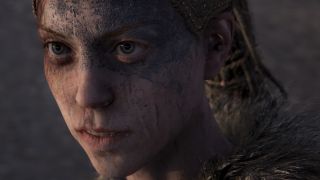
These interactions are, again, all based on personal accounts of psychosis. “They wouldn’t necessarily call them voices,” Antoniades explains. “They would name them, because some of these characters that live in their heads are full-blown characters they’ve known since childhood, with developed personalities, some of whom they would call friends, some of whom they would call bullies – some of whom are little fragments like the Furies, while others are fully developed characters.”
Senua treating the player as one of her voices is designed to reveal something of the complexity of our mental lives generally, Antoniades suggests. “I think we have all kinds of characters who live in our heads, some based on people we’ve known, a parent or a tutor or whatever, and the only thing that separates us from people with psychosis who hear voices is that we encompass those voices within our sense of self, and when they’re not within your sense of self they appear external. And it applies not just to characters, it applies to things we do – when we drive, a different part of our brain drives the car while we think about other things. And so you, as a viewer, as a player, are performing a function. You’re the part of her that’s driving her physically through the world, but you’re still part of her.”
Sign up to the 12DOVE Newsletter
Weekly digests, tales from the communities you love, and more
However well-intentioned, Hellblade walks an uneven line between psychological study and escapist fable. As a classical hero’s journey that follows a straightforward pattern of crisis and revelation, it is ill-equipped to investigate the more mundane details of a condition like psychosis. It can also reduce the symptoms of psychosis to a set of interfacial tools: during combat, for example, Senua’s hallucinations may alert you to incoming attacks, or clue you in on enemy weaknesses.

More positively, its story explores how the trauma of a mental illness may have much to do with how sufferers are abused or neglected as the symptoms of the condition itself. If Senua’s characterisation of psychosis as a ‘curse’ or ‘darkness’ might seem to perpetuate harmful clichés, the game also reveals how this characterisation arises from the beliefs and judgements of those around her.
Both White and Gardner feel that game developers are still very hesitant to explore the topic of disability openly, though touch on it implicitly or unwittingly. Gardner argues that games are “pushing the boundaries right now of what’s previously been taboo, such as disabilities, especially in the indie space” but finds prevailing standards of acceptability frustrating nonetheless. “One review of Perception said we shouldn’t have hinted at sexual abuse, and that the topic didn’t belong in games. Can you imagine making a comment like that now?”
White, meanwhile, would like to see more games that represent disability without making it the butt of a joke. “I wrote a piece a few years back about how Octodad served as a great analogy for disability, and even though I discovered it wasn’t the developer’s intent, I’d cite that as an excellent example of making you think about those issues.”
Representation needn't be complicated

She adds, however, that playing games that are explicitly about disability can be traumatic for those living with it. “I can’t play [browser-based limb movement simulator] QWOP at all without having a panic attack, remembering back to when I had to learn to walk again after spinal surgery. So while I’d like to see more representation along didactic lines, it’s not something I personally want to engage with very often.” White also suggests that developers don’t necessarily need to make a point of analysing these conditions.
At one level, it’s a simple question of acknowledging that such people and their experiences exist – an area in which she feels the industry lags behind the often vilified ‘gamer’ community. “What I would like to see is more disabled characters who are just... disabled because some people are disabled. NPCs in wheelchairs, or with walking aids, things like that. Because this is believable and, in the appropriate setting, anyway, makes for more believable world-building. It’s something not many people seem to think of when it comes to representation.”
This article originally appeared in Edge magazine. For more great coverage, you can subscribe here.
